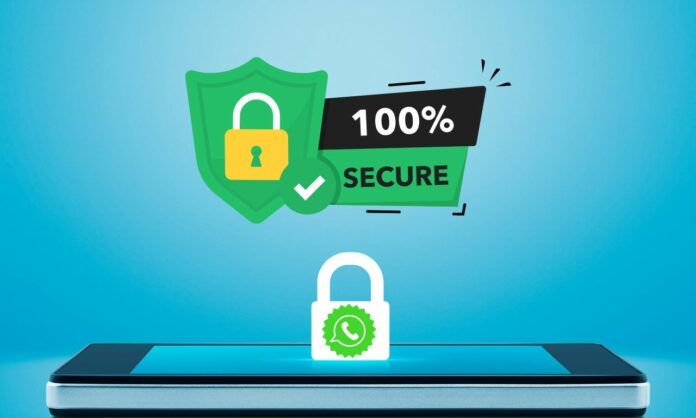In a world rife with cyber threats and data breaches, the question of online security is a major concern. End-to-end encryption (E2EE) has become a powerful tool to protect our communications. But can we truly trust it to safeguard our sensitive information? Let’s dive into E2EE complexity.
Table of Contents
Understanding End-to-End Encryption
- The Basics: E2EE is a method of scrambling data using advanced encryption methods. The data is only readable by the sender and intended recipient because they hold the unique keys to unlock the encryption.
- No Middlemen: Unlike traditional encryption, where data might be decrypted at points along its journey, E2EE ensures that not even the service provider (like your email or messaging app) can access the content of your messages.
Why E2EE Matters
- Privacy: E2EE is a protector of your personal information, preventing interception and snooping on your communications by hackers, corporations, or even governments.
- Data Integrity: By making it virtually impossible to tamper with messages in transit, E2EE maintains the integrity of your data.
- Protection of Sensitive Information: E2EE is important for protecting confidential information like financial data, medical records, or conversations between journalists and their sources.
The Trust Factor: Potential Considerations
- Implementation Flaws: While E2EE is theoretically secure, weak encryption methods by service providers can introduce vulnerabilities. Always use reputable services known for strong E2EE practices.
- Endpoint Security: E2EE is strongest at protecting data in transit. If your device or the recipient’s device is compromised (through malware or hacking), even encrypted data could be exposed.
- Man-in-the-Middle Attacks: Clever hackers might try to trick you into thinking you’re communicating directly with the intended recipient when they’ve actually inserted themselves to capture your keys.
- Forced Decryption: Some governments may attempt to pressure service providers to undermine E2EE or create backdoors, potentially compromising your privacy.
Steps to Maximize Trust in E2EE
- Choose Reputable Services: Research which messaging platforms and email providers have a proven commitment to robust E2EE implementations. Examples include Signal, WhatsApp, and certain secure email providers.
- Verify Keys: Many E2EE services offer options to verify your encryption keys with the recipient. This establishes an extra layer of security.
- Secure Your Devices: Strong device security (passwords, firewalls, antivirus) complements E2EE’s protection.
- Stay Informed: Security is an ever-evolving landscape. Keep yourself updated about the latest E2EE developments and vulnerabilities.
The Verdict: Should You Trust E2EE?
End-to-end encryption is a very powerful tool for protecting digital communications. While no security measure is foolproof, E2EE significantly raises the bar for anyone trying to access your data without authorization. When thoughtfully used along with good security practices, E2EE offers a robust shield for your privacy.
Key Takeaways
- E2EE offers a high level of security and privacy.
- It is crucial to choose reputable services with well-implemented E2EE.
- Security depends on both the encryption technology and the strength of your devices.
While not a magic bullet for absolute security, end-to-end encryption represents a substantial step toward safeguarding your digital life.

